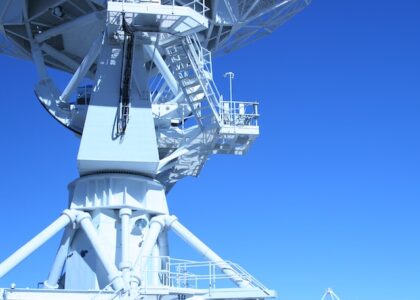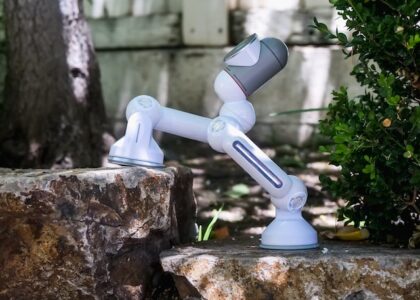
Both Doppler and transit time ultrasonic flow meters are non-intrusive instruments that use sound waves to measure liquid flow rate without interrupting the flow or making contact with the liquid. However, they differ in their operating principles and ideal applications.
Doppler Ultrasonic Flow Meters:
- Doppler Effect: Operates based on the Doppler Effect, where the frequency of sound changes due to the relative motion between the source and receiver.
- Requires Particulates: Needs suspended particles or bubbles in the liquid to reflect the ultrasonic beam.
- Measures Discontinuity Velocity: Calculates flow rate based on the velocity of these particles, not the actual fluid velocity.
- Applications: Well-suited for liquids with solids or air bubbles, like slurries, wastewater, and some chemical mixtures.
Transit Time Ultrasonic Flow Meters:
- Travel Time Difference: Measures the time difference between an ultrasonic signal traveling upstream and downstream across the pipe.
- Clean Liquids Preferred: Works best with clean liquids with minimal solids or bubbles to ensure a strong signal.
- Direct Flow Measurement: Calculates flow rate based on the actual velocity of the fluid itself.
- Applications: Ideal for clean liquids like water, oil, and chemicals. Also suitable for viscous liquids and cryogenic liquids (down to -300°C).Key Differences:
Key Differences:

Choosing the Right Flow Meter:
- Liquid Composition: Consider the presence of solids, bubbles, or contaminants.
- Flow Characteristics: Clean liquids or applications with particulates?
- Accuracy Requirements: How precise do the flow measurements need to be?



центр медицины и профилактики где можно купить справку медицинскую в Москве медицинская справка купить Москва